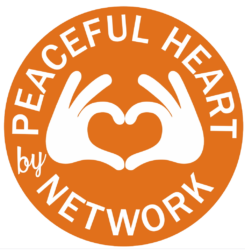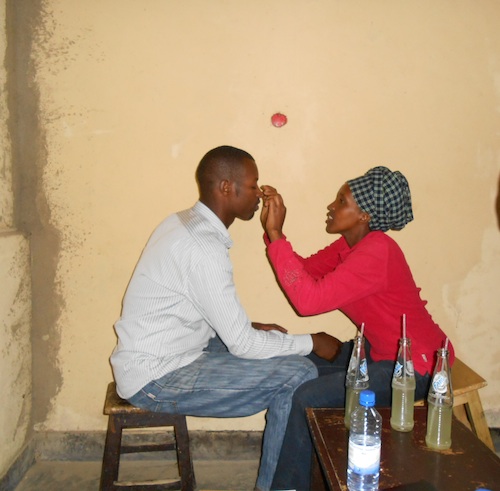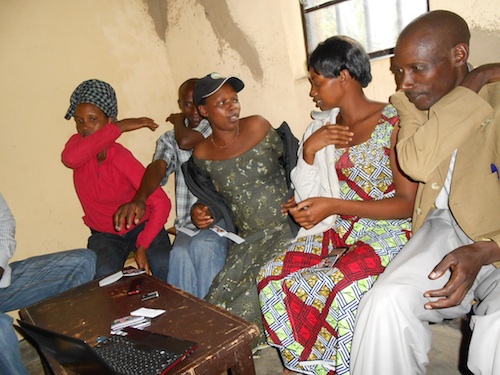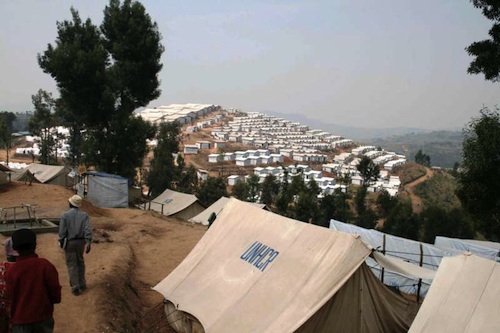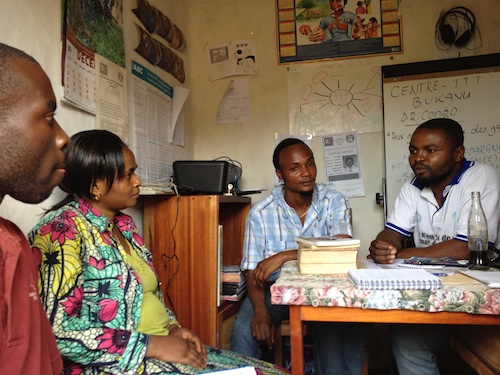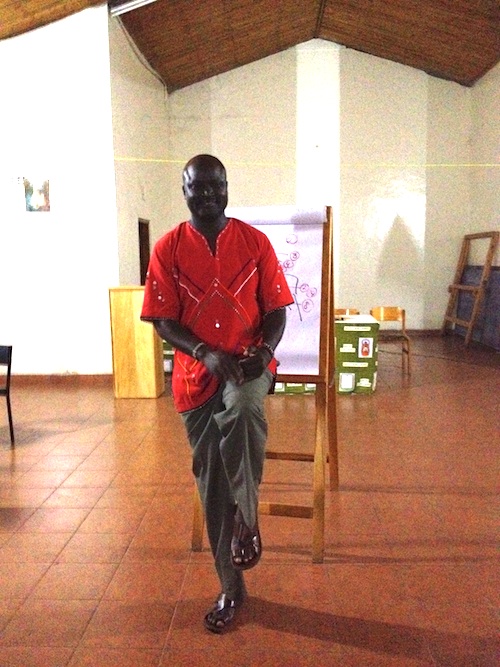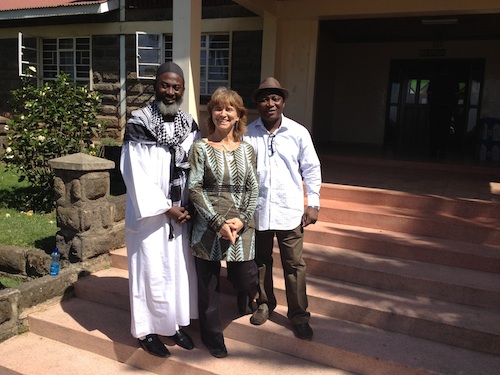During the genocide in Rwanda in 1994 over 800 000 people were killed. Thousands of the perpetrators are still in prison. From the acts of violence they did they suffer from trauma. This creates a lot of problems for their rehabilitation and their possibilities to reconcile with society. The staff also express that they have no tools to change the well being of the detainees before they get back into society.
Peaceful Heart Network was asked to do trainings in TTT to see if the releasing of the inner wounds can contribute to the healing of the individuals and in that way to the healing of the society in general.
A theory we hold for true is that when individuals suffering Post Traumatic Stress reactions from inner wounds interact in a society it is hard to create stability and peace, since aggression and fear are part of these reactions. With TTT our intent is to help heal the individuals, and in this way contribute to the healing of the society in general.
The person doing the trainings is Murigo Veneranda, herself an orphan and survivor of the genocide and the detainees are mainly perpetrators of the genocide. The project has in that way become an act of reconciliation in itself.
“Some survivors of the genocide ask me: “What are you doing in the prisons with those criminals? Why do you help them?” tells Murigo.
“I understand what they mean, because just two years ago iI would have said the same. Then it would been impossible for me to do this work. I was full of hate and feelings of vengeance towards those who acted the violence during the genocide. Now it is different. And it is all because of TTT that I have no problem with that anymore. “
“Now, for me this shows that everything is possible. The detainees as well as the staff are my colleagues now.”, Murigo says with a big smile. “It was like miracles happening in the prisons, Murigo says laughing. “You know, after the trainings we all shared sodas (soft drinks), and were dancing and singing together. “
So far Murigo has given trainings in six of the 14 prisons in Rwanda: Nyamagabe, Muhanga, Nyanza, Huye, Rusizi, Rubavu. All in all she has trained 370 detainees and 160 staff. Still more to come.
Murigo Veneranda, herself an orphan of the genocide, is teaching TTT in the Rwandan prisons where most of the detainees are convicted of crimes committed during the genocide.

